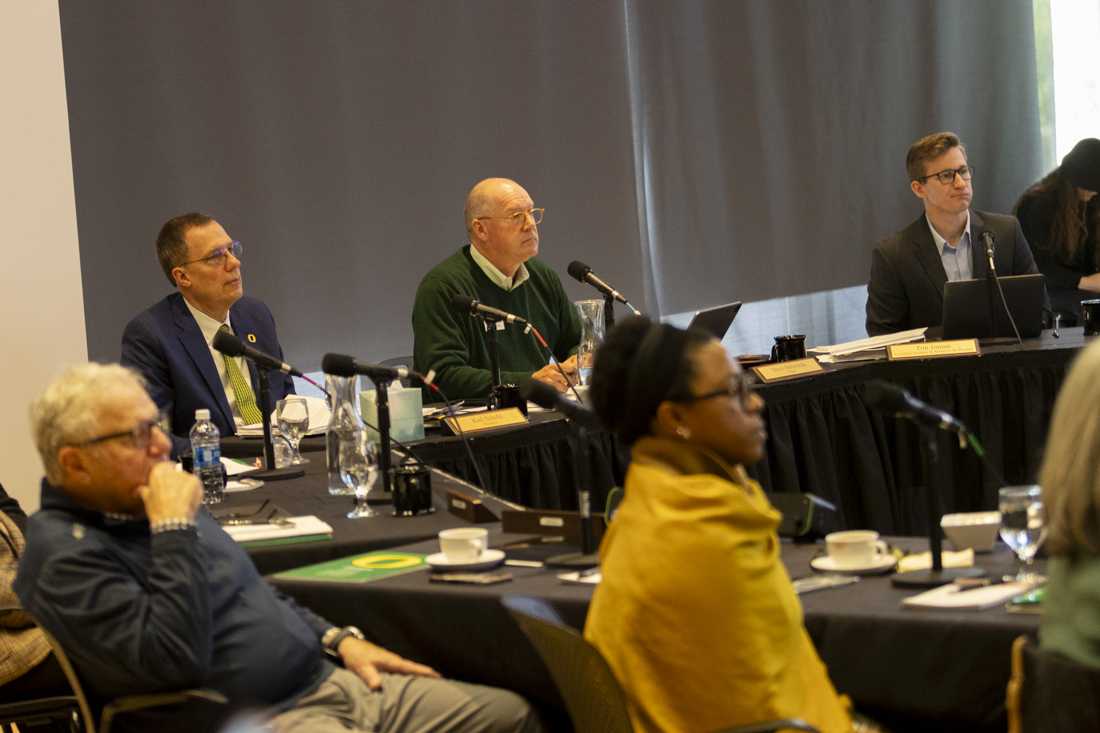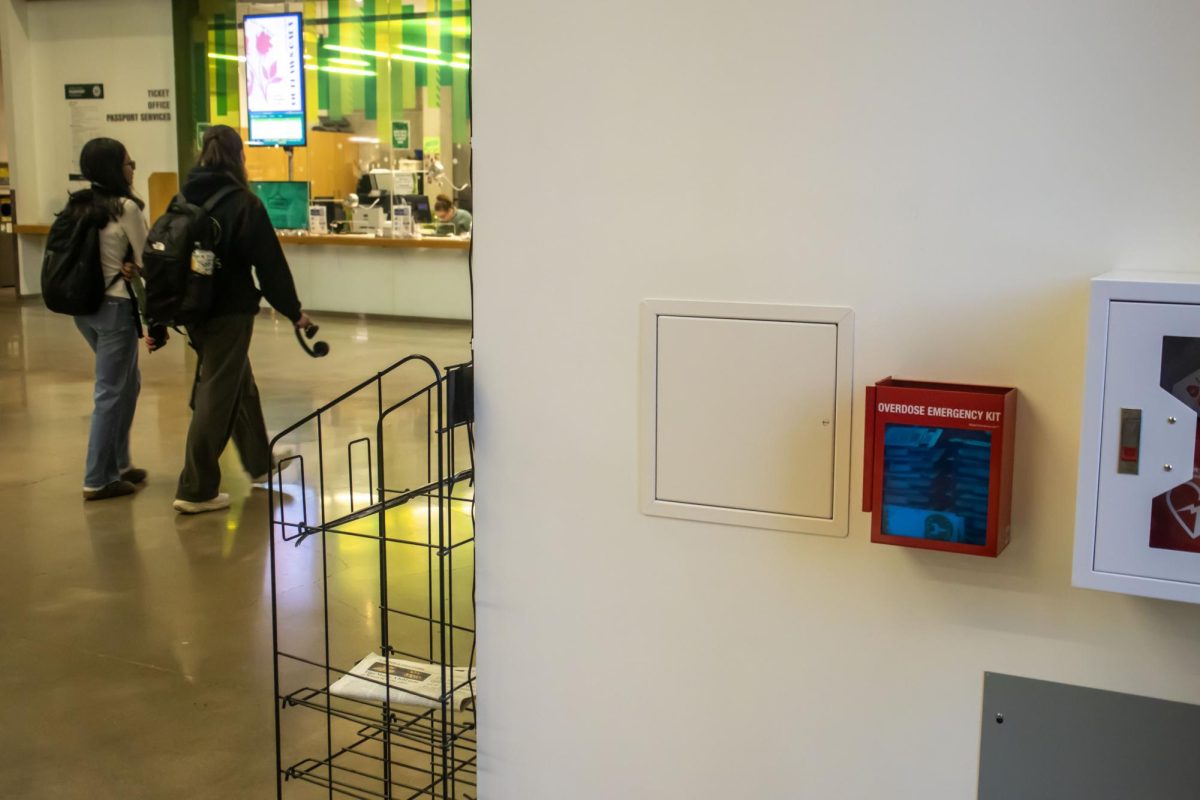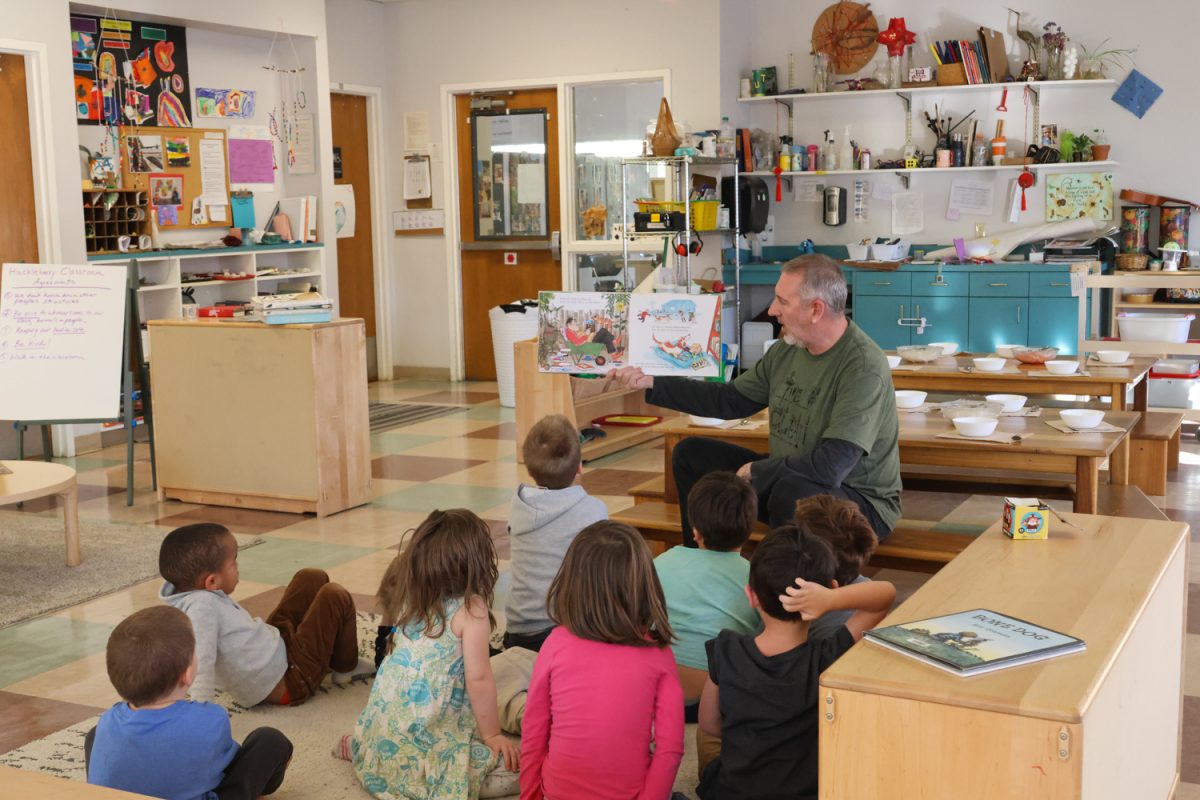The Hamilton Walton Transformation Project is in progress as Phase two is underway to construct two new residence halls, temporarily known as Building B and Building C.
Phase one was the demolition of Walton Hall and the creation of Unthank Hall. Phase two includes Building B and Building C. Building B will be a traditional freshman dormitory while Building C will contain new, apartment-style residences designated for upperclassmen.
Building B, the traditional freshman dormitory residence hall, will contain many new amenities for its residents. It will offer single, double and triple rooms with attached bathrooms for up to 705 students. Building C will offer single-studio and four-bedroom units with bathrooms and kitchens for up to 400 students.
Building B and Building C will be replacing the already demolished Walton Hall and the soon-to-be-demolished Hamilton Hall.
“Times have changed and needs have changed,” Director for University Housing and Associate Vice President for Student Services and Enrollment Manager Michael Griffel said. “We are incredibly fortunate to work with a lot of students, stakeholders and community members to develop this project that brought us Unthank Hall and is bringing us Building B and Building C.”
Building B’s amenities have been revamped to fit today’s standards of comfortable and convenient living as a student on campus, Griffel said. Additional amenities include a community kitchen, music practice rooms, a bike shelter, laundry facilities, study rooms, community lounges, landscaped courtyards, a service center and a package center.
“It’ll feel very familiar to Unthank Hall,” Griffel said. “As you walk through any of our buildings, you’ll know that they’re about learning and community and students making connections.”
According to Griffel, Building C will be different from any other residence hall at the University of Oregon because it will be the first apartment-style, on-campus residence hall.
It will include a bike shelter, music practice rooms, laundry facilities, study rooms, lounges, landscaped courtyards and one meal per day at Carson Dining for on-campus convenience.
The University of Oregon is receiving positive income from current students and prospective students and families that are eager to live in Building B and Building C, Griffel said.
From an architectural perspective, Mike Harwood, associate vice president for Campus Planning and Facilities Management and university architect, said the Hamilton Walton Transformation Project has been a five-to-six-year vision that is now in the final stages.
“We had the idea of trying to keep the scale consistent using materials that are familiar,” Harwood said. “But also introducing a more cost-effective material and trying to do that in an interesting way that keeps the pattern and interest of the buildings on campus.”
The funding process behind the Hamilton Walton Transformation Project is known as housing receipts. They are separate from tuition but linked to room and board rates.
With the demolition of Hamilton Hall, the number of students admitted to the University of Oregon will not significantly change as Building B and Building C will closely replace about the same amount of space.
Phase two of the Hamilton Walton Transformation Project is set to be completed this July, and the residence halls will be ready for occupancy by fall 2023.










